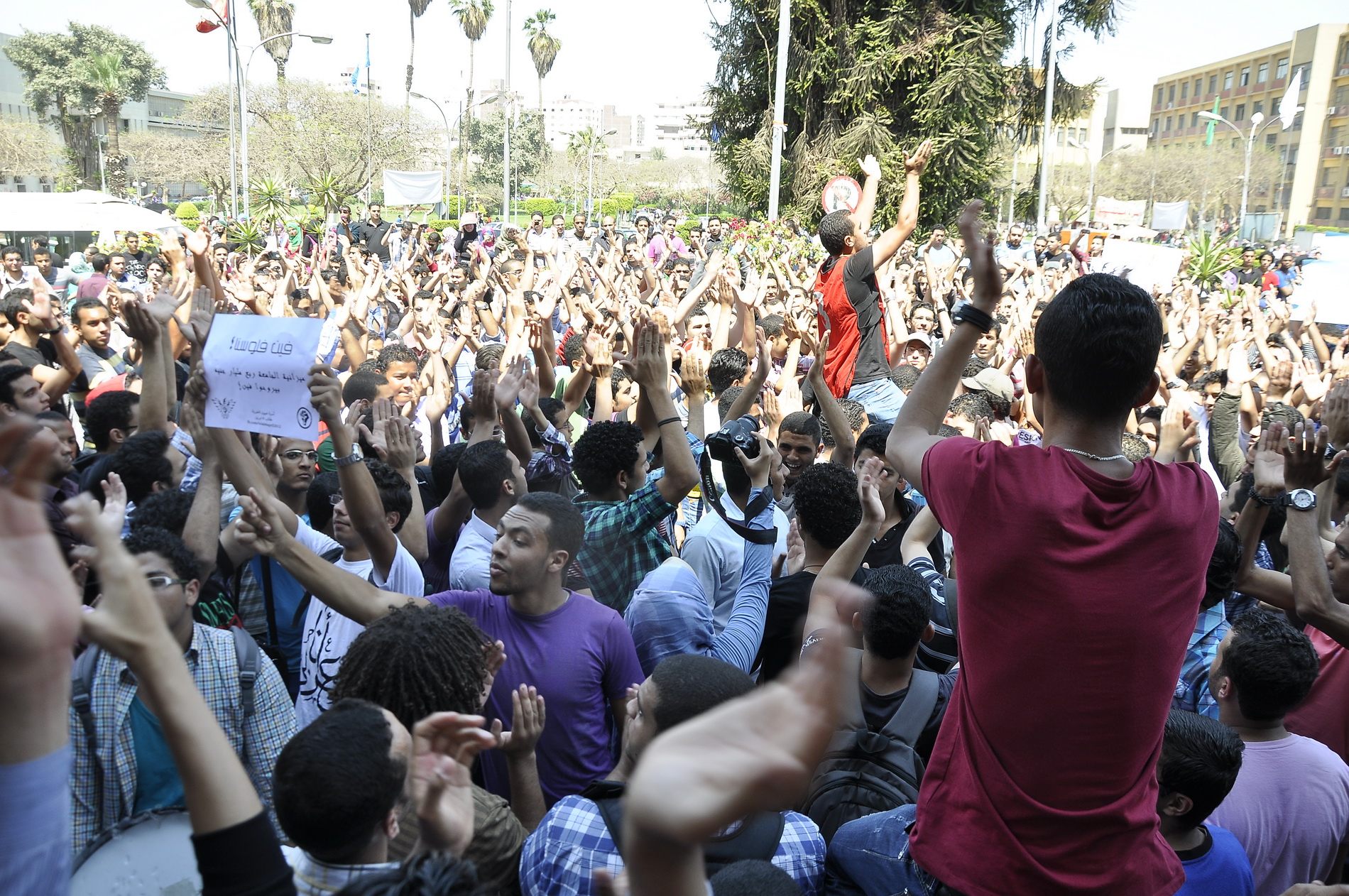I have no idea why books like these are called coffee table books. Nor, for that matter, do I know why those tables are called coffee tables, since one presumes that people place all sorts of things on them.
Like huge books with lots and lots of pictures, for example.
Whatever the etymology, I’m very grateful that the books exist. They provide us with the opportunity to look at lovingly-produced publications with endless attractive photographs.
And in case we worry that we’re relying on pictures and not reading, there’s just enough written explanation in them to make us feel good about ourselves, much the same way that we can tell ourselves that ice cream is good for us because it’s a dairy product and contains calcium.
“The Treasures of Islamic Art in the Museums of Cairo is full fat ice cream bursting with calcium. It’s a lushly-produced book with gorgeous photographs and text that provides careful and insightful explanation. It’s the next best thing to being led through a museum by an expert who periodically stops to point out objects and explain them, except that the detailed photographs will probably give you a better look than you could get of the originals.
The expert in question here is the book’s editor, Bernard O’Kane, a professor of Islamic Art and Architecture and noted historian.
O’Kane has several books on the subject tucked under his belt so he is on familiar ground.
So are the other four experts recruited to present historic periods, among them two directors of the Islamic Museum, Mohamed Abbas and Farouk S. Asker; one Islamic art historian, Mohamed Al-Haddad and the director of the Islamic Art Network, Noha Abu Khatwa.
Their passion for the subject is obvious and infectious. You find yourself leaning forward to thumbing between text and photo, shifting back and forth for reference.
Islamic art, O’Kane tells us, holds a unique place in art history. In fact, the religious label is a little odd. Unlike Christian art, which usually deals with the religious and, say, Buddhist art, which is categorized by geography (India, Southeast Asia, China or Japan) Islamic art has the peculiar distinction of encompassing the religious and the secular.
In fact, the common conception that the art of Islam contains no figures of humans or animals (because of Islam’s stance on idolatry) is only true in the case of religious art but not the many objects in the book that represent the secular life of the Muslims that lived across a vast area, from Spain to China.
The book starts off with a helpful chronology (one glorious era after another – pretty depressing stuff, in light of our current malaise) and is then followed by two introductions, one on the origins of the Islamic Museum in Cairo (originally a tiny gallery in the eastern arcade of the ruined Al-Hakim mosque in 1880) and another general one on Islamic art.
The book then charts the Ummayads and the Abbasids, the Fatimids (Egypt’s only brief flirtation with a Shia rule) the Ayyubids and Early Mamluks and the Burgi Mamluks before going on to Ottoman Art and Iranian Art.
Each of these eras offers its own pleasures, particularly noteworthy being the glorious examples of textiles, woodwork and metalwork under the Fatimids and the versatile opulence of Ottoman art.
The book is so rich that it is easy to forget that it represents only the art available in Cairo’s museums. And it is very likely that the glorious photographs, shot with lovingly detailed care, actually show the objects to a much better advantage than the naked eye, peering through a glass case.
Beautiful to look at, meticulous in its presentation of detail, this is a book any coffee table would be proud to host.
A word of warning, though: This is a big book, pick it up carefully, preferably from the seated position, with your knees bent. All that glorious indulgence comes at a price.
Rather like ice cream.
“The Treasures of Islamic Art in the Museums of Cairo The American University in Cairo PressHardbackLE 300
